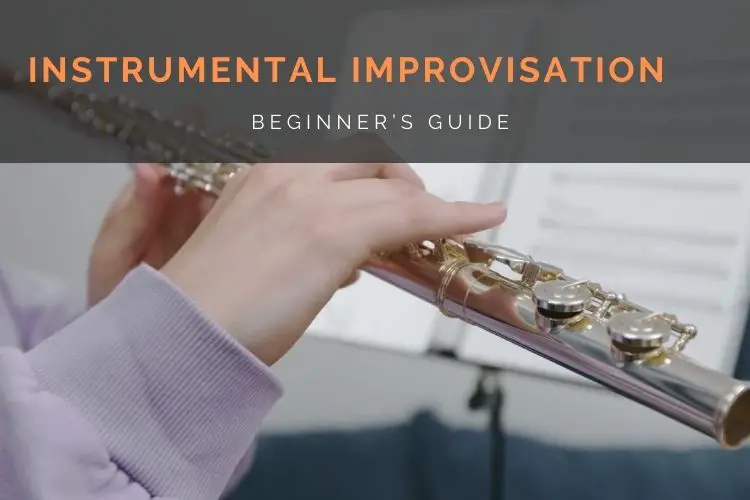Whether you’re a dedicated classical flutist or a “smooth sax sommelier”, learning the basics of improvisation can be not only fun but also very useful to those wishing to better understand their instruments.
Creating melodies on your own instead of reading them off of a sheet allows you not only to experiment with your instrument to see what is possible but also to learn more complex or abstract musical ideas that you might not normally see otherwise!
This guide will set out to teach you the basic foundation of what you need to improvise on a wind instrument, in either a jazz context or any other setting!
The Importance of Scales
The first and by far most important thing to work on first is mastering the 12 major scales in the key of your instrument!
These scales are the foundation for everything you do in improvisation. If you know your 12 major scales, you will be able to improvise over every single set of chord changes you will ever see, as you will use a major scale in some capacity in just about every instance. Remember to practice your scales.
Start Slow, Keep it Clean!
While going all out and playing a bunch of notes as fast and wild as possible may be fun, and we do encourage you to do so if that makes you happy (and doesn’t drive the neighbors crazy) if you’re looking to make substantial progress when you improvise, you want to start at an even tempo. Preferably with a metronome, and practice making melodic ideas instead of just playing notes.
The goal when improvising is ultimately to make music. Just like when you read music off of the staff, you want to include dynamic changes, interesting and driving rhythms, and unique harmonies/melodies.
Once you have a firm grasp of your major scales (and your Major Pentatonic, Minor Pentatonic, and Blues scales for brownie points), you can start working up and down those scales as you see fit, trying to make rhythms and melodies.
Try Unusual Techniques
Once you’ve gotten a hang of things up to this point, we would encourage you to go into the “experimental phase” and learn the ins and outs of your instrument. Now it varies from instrument to instrument, not all techniques apply to all instruments, but we can list a few good starting points for you to look into/try for yourself:
- Most brass or woodwind instruments, but especially trumpets and saxophones, are capable of “growling” which is essentially humming while sustaining a note
- Similarly, most brass and woodwind instruments can flutter tongue, which is to roll your tongue in a “fluttering” motion, like “rolling your R’s” while speaking
- Any woodwind instrument with a single-reed (sorry bassoonists) can bend or scoop the pitch of any note by relaxing or tightening its embouchure on the mouthpiece
- Most woodwind and brass instruments are capable of playing overtones or subtones in some capacity, but it really depends on the instrument
- Many woodwind instruments have altissimo fingerings or alternate/false fingerings for a different texture when you play a note or for playing notes far above the normal register
Ultimately, Remember to Have Fun!
You can have all sorts of fancy techniques, and all sorts of music theory knowledge, but at the end of the day if you aren’t inspired by the music you’re making it will be very apparent.
Be creative and prepared to try all sorts of new things, even if they might seem strange and non-sensical melodies in the first place. The important thing is that you’re having fun with what you’re doing.
There’s a lot more to learn when it comes to improvisation, from being able to recognize chords and be able to interpret what notes sound good. Also, to learn musical modes and other advanced musical vocabularies to improve the complexity of your ideas.
This first guide, however, is a good start on the road to becoming an improv master!

